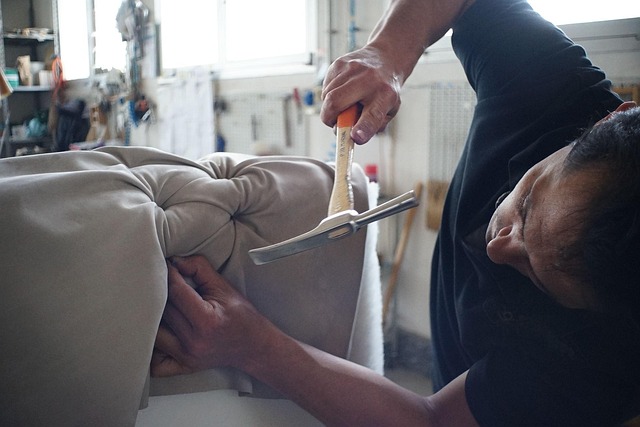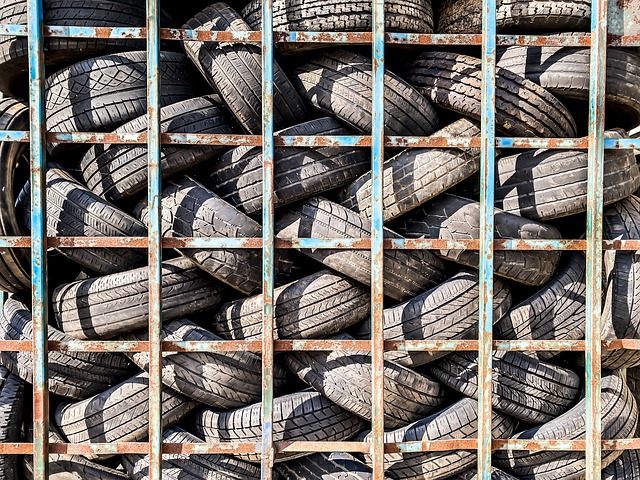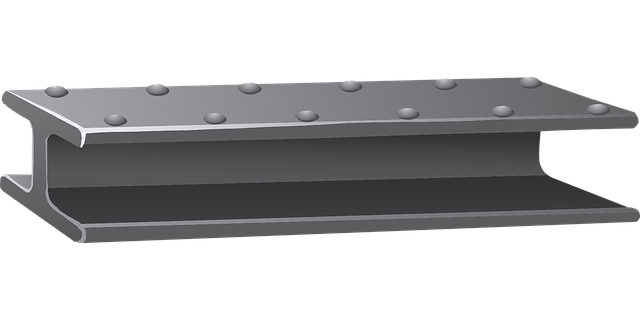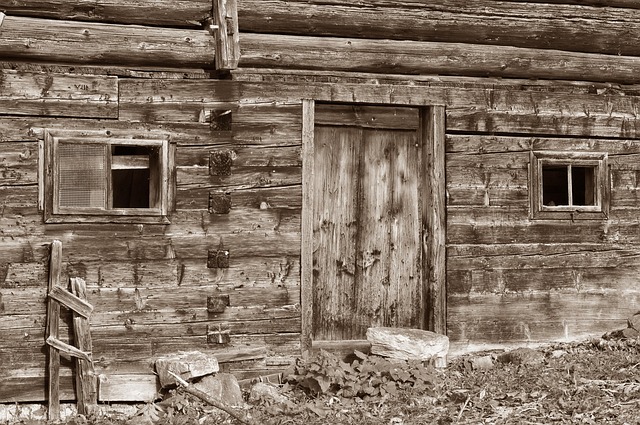When deciding between Glue Laminated Beams (GLB) and Solid Wood Beams for structural integrity, GLBs offer superior strength, durability, cost-effectiveness, and environmental sustainability. They are ideal for heavy loads, have consistent performance, and reduce material waste compared to solid wood. While solid wood has natural beauty, GLBs provide modern solutions for efficient, eco-conscious construction. Compare these options for the best structural and aesthetic requirements in building projects.
When it comes to construction, choosing between glue laminated beams and solid wood beams can significantly impact project outcomes. This article delves into the intricate comparison of these two materials, focusing on their material composition, strength, weight advantages, cost-effectiveness, environmental considerations, and practical applications. Understand the unique attributes of glue laminated beams versus solid wood to make informed decisions for your building needs, ensuring optimal performance and long-term savings.
- Material Composition: Glue Laminate vs Solid Wood
- Strength and Durability Comparison
- Weight and Processing Advantages
- Cost Analysis: Long-Term Savings
- Environmental Impact Considerations
- Practical Applications and Performance
Material Composition: Glue Laminate vs Solid Wood

When comparing Glue Laminated Beams vs Solid Wood, understanding the material composition is key to making an informed decision for structural integrity. Glue Laminated Beams are constructed by bonding multiple layers of wood together with strong adhesives, creating a high-strength composite material. This process enhances the natural strength and stiffness of wood, resulting in beams that can bear significant loads while maintaining stability. In contrast, Solid Wood Beams, as the name suggests, are crafted from a single piece of timber without any bonding or lamination. While solid wood has its merits, such as aesthetic appeal and traditional craftsmanship, it may not match the strength and consistency of laminated beams.
In terms of strength and durability, Glue Laminated Beams often emerge as a superior choice. The adhesive used in their construction creates a formidable bond, ensuring the beam retains its structural integrity even under extreme conditions. On the other hand, solid wood beams can be susceptible to warping, splitting, or cracking over time due to factors like moisture content fluctuations and load distribution. Beyond structural considerations, laminated beams offer several advantages, including cost-effectiveness, flexibility in design, and sustainability. To explore more about these beam types and their applications, visit us at 18 Clifton St, Unadilla, NY 13849 anytime.
Strength and Durability Comparison

When comparing glue laminated beams vs solid wood in terms of strength and durability, several factors come into play. Glue Laminated Beams, also known as glue-laminated timber or GLT, are engineered from multiple layers of thin wooden veneers bonded together with strong adhesives. This process creates a beam with exceptional strength, stiffness, and dimensional stability. In contrast, solid wood beams are cut directly from logs, offering natural beauty and character but may be subject to variations in density and strength across the grain.
In terms of structural integrity, glue laminated beams have a distinct advantage due to their consistent performance under load. They exhibit superior compressive and shear strengths, making them ideal for heavy-load applications. Moreover, GLT is less prone to warping or splitting, ensuring long-term stability. While solid wood beams can be strong, their performance varies based on species, grade, and treatment. In terms of longevity, glue laminated beams often outlast solid wood, especially in exterior or moisture-prone environments, thanks to their protective coatings and engineered construction. This durability translates into cost-effectiveness over the life of a structure. For more information and expert advice, visit us at 18 Clifton St, Unadilla, NY 13849 anytime.
Weight and Processing Advantages
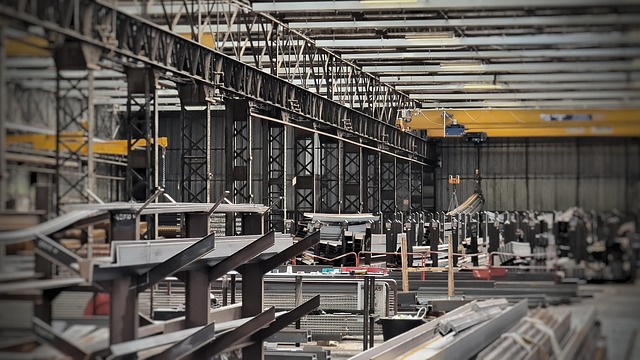
When comparing Glue Laminated Beams vs Solid Wood, one significant advantage lies in weight and processing efficiency. Glue Laminated Beams are engineered to be lighter, making them easier to handle, transport, and install compared to their solid wood counterparts. This is a considerable benefit for large-scale construction projects where minimizing the overall weight of materials can lead to cost savings and faster build times.
The manufacturing process for Glue Laminated Beams involves advanced techniques that allow for precise control over dimensions and strength. By bonding multiple layers of wood together with high-quality adhesives, these beams can achieve exceptional structural integrity while maintaining a reduced environmental footprint. In contrast, solid wood beams rely on the inherent strength of individual trees, which may result in variations in quality and strength. Laminated Beams offer a more consistent and predictable performance, making them a preferred choice for modern construction practices that demand precision and efficiency, as exemplified by the innovative techniques found at unalam.com.
Cost Analysis: Long-Term Savings

When comparing Glue Laminated Beams vs Solid Wood for structural integrity, long-term savings lean heavily in favor of the former. While solid wood beams have traditionally been the go-to choice for their natural beauty and strength, glue laminated beams offer a compelling alternative that’s both cost-effective and highly durable. The lamination process bonds multiple layers of wood together with strong adhesives, resulting in beams with superior strength-to-weight ratio compared to solid wood. This not only reduces material costs but also lessens the overall load on supporting structures, leading to longer-lasting buildings.
Moreover, glue laminated beams are more versatile and can be customized to meet specific design needs without sacrificing structural integrity. They’re also more environmentally friendly, as they require fewer trees to produce and often have a lower carbon footprint due to advanced manufacturing techniques. For cost-conscious builders looking for long-term solutions, exploring the benefits of glue lamination over natural solid wood beam construction can prove to be a game-changer. Give us a call at (607) 369-9341 to discuss how these alternatives can best suit your project needs.
Environmental Impact Considerations

When comparing Glue Laminated Beams vs Solid Wood for structural integrity and construction projects, environmental impact considerations cannot be overlooked. The production processes for both beam types differ significantly, affecting their overall ecological footprint. Solid wood beams, derived from natural tree sources, are often seen as a more sustainable choice due to the renewable nature of timber. However, modern glue laminated beam manufacturing has made strides in reducing its environmental impact through innovative production methods and responsible logging practices.
One key aspect to consider is the efficient use of resources. Glue laminated beams, created by bonding multiple layers of wood with strong adhesives, require less raw material compared to solid wood beams. This not only minimizes deforestation but also reduces the energy consumption associated with processing and transportation. Furthermore, the composition of laminated beams often includes recycled content, further enhancing their eco-friendly profile. For environmentally conscious builders and designers, exploring these options can align with sustainability goals, especially when sourced responsibly, as exemplified by visiting us at 18 Clifton St, Unadilla, NY 13849 anytime for more information on sustainable building materials.
Practical Applications and Performance

In practical applications and performance, Glue Laminated Beams vs Solid Wood beams present distinct advantages and considerations. Glue Laminated Beams offer superior strength and durability, particularly in load-bearing capacities, making them a preferred choice for structural integrity. They are known for their consistent quality, as the lamination process ensures each beam has uniform properties, unlike solid wood which can vary based on growth patterns and natural composition. This consistency is a game-changer in construction, eliminating unexpected weaknesses and ensuring reliable performance.
When comparing cost, Laminated Beams offer significant savings over natural solid wood. They are more efficient in material use, reducing waste and overall project costs. Furthermore, their production process is often more environmentally friendly, considering the sustainable practices involved in glue lamination. For projects seeking a balance between visual appeal and functionality, solid wood maintains its timeless natural beauty while laminated beams provide modern durability and versatility. Visit find us at 18 Clifton St, Unadilla, NY 13849 to explore these options further, ensuring your building project meets both aesthetic and structural requirements.
When comparing glue laminated beams to solid wood beams, it’s evident that both have their unique advantages and applications. While solid wood offers natural beauty and traditional craftsmanship, glue laminates provide exceptional strength-to-weight ratio, enhanced durability, and cost-effectiveness over time. For structural projects demanding efficiency and long-term stability, glue laminated beams are a superior choice, particularly in light of their environmental benefits. However, for bespoke designs where aesthetics and historic charm are paramount, solid wood remains the preferred option. Ultimately, the decision between these two materials depends on specific project needs, budget, and design preferences.
